The next required item I’ll cover is what the TTB calls a wine’s “Class & Type”. There are actually a number of wine classes, of which “Grape” is just one and what most of us are familiar with and fans of. (a couple of examples of other types are fruit wine and honey wine)Then when it comes to types, there are several pages of them listed in the TTB’s regulation materials some of which are as plain and simple as, “red wine”, “rose wine”, and “white wine”. So an actual varietal name is never a required item on a wine label, though it must at least be identified by it’s color or another approved identifier. Wineries may prefer or not prefer for primarily marketing reasons to use a varietal name on their label, however if they choose to put one the TTB regulation requires that the blend have a minimum of 75% of that stated varietal in it. So as you pick up a wine bottle and view its label which bears for example the varietal Syrah, you can then be a savvy consumer in knowing more in depth details about its blend. On the flip side of this same scenario a consumer can be viewing a wine label that states just “Red Wine” and no varietal name. The consumer in this case is no more savvy to what is or is not in that wine’s blend as it could be 100% from one varietal but for marketing reasons the winery chose to label it “Red Wine”. Some other details about a wine’s blend breakdown are often put on the back label text which offer the consumer all the details of each varietal that are in the wine. Here also TTB regulations come into play. For example if several varietals are listed they are required to be put in descending order down to any varietal that accounts for at least 5% of the blend.
Next topic: Alcohol Content
Recent Posts
If you aren’t in the winery compliance world, don’t write about it!
Nails on a chalkboard. Folks, there is already a lot of incomplete or flat-out wrong information shared about winery compliance. Let’s not add to it! Stay in your lane. If you’re not actually in the winery compliance world, please spare all of us who are, and do not...
Eight takeaways from the CalRecycle training webinar on CA CRV requirements.
I joined in with the group of around 500 other folks who showed up live to CalRecycle's informational webinar on what the CA CRV reporting will mean for wineries. A fun way to kill a couple of afternoon hours on a Friday afternoon! But seriously it was very...
